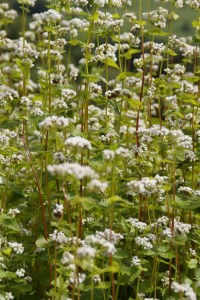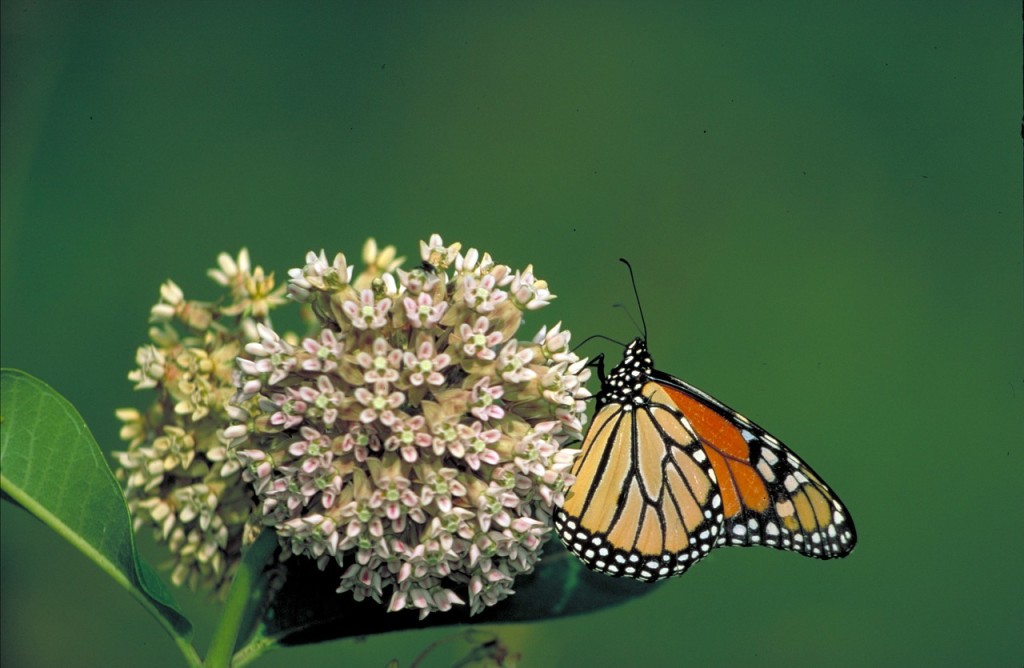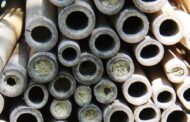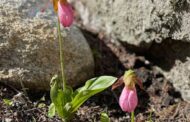by Betsy Garrold, The Populist Farmer
We have all heard about the plight of our pollinator species especially the honeybee. As we work in our urban settings to provide pathways for these migratory species to thrive and for our native pollinators to have sustenance, there are a few plants we should think about establishing and a few others we should just leave in situ.
A couple to plant:
Buckwheat — If you have ever been in a field of buckwheat in bloom you know the sound of happy, well-fed pollinators. That low hum is the sound of industrious honey bees and other native bees harvesting the nectar of this generous plant. A patch of buckwheat is easy to establish in any bare ground area. Broadcast the seeds at the rate of one pound per 1000 square feet and watch it grow. It will not outcompete all weeds but does a pretty good job of establishing itself, and its deep root system makes calcium and phosphorus available for the next crop.
Clover — Again the happy bee sound. This will self seed in our climate so needs to be planted only once. It is a nitrogen fixer so while you are feeding our friendly pollinators you are also feeding your soil. Two for the price of one. There are several varieties to choose from: Alice White, Crimson, Dutch White, Freedom Red, Mammoth Red etc. All can be found in the Fedco Seed catalogue and some can be found at your local feed store or garden center. Buy a big bag and seed bomb your neighborhood.
One word of caution when shopping at your local gardening center, most of those plants have been grown with and frequently sprayed with pesticides. Chemicals that will kill off the very pollinators you are trying to help. So buying seeds at these shops is safe. Buying already grown out plants, not so much.
A couple to leave alone:
Milkweed — As we all know this is the primary food source for the migratory Monarch Butterfly. It self sows from the beautiful seed pods that form after the brief flowering period. This important plant is becoming more and more marginalized as old fields are turned into housing developments. The only conceivable reason you would have for trying to get rid of it would be if you were a goatherd, as it is very toxic to goats. Otherwise it should be nurtured everywhere it is found.
Remember the Monarchs reach us at the end of a very long trip and need all the nectar they can find. Let’s help them out by leaving the milkweed alone or, if you are so inclined, planting it. It can be purchased as a bare root plant from many sources including Fedco Trees.
Dandelions — I saved the best for last, or perhaps I should say my favorite for last. This is one of the first wild plants to bloom in the spring and provides much needed nectar and pollen for several pollinator species. It also makes a great wine, the roots are medicinal and the leaves (before the blossoms appear) are a great spring green to chase away the winter blues. Especially after this winter.
This plant has gotten a bad rap from lawn chemical companies who make their money selling you dangerous chemicals meant to eradicate this beautiful, multipurpose plant. Don’t listen to them. If you love our native pollinators you have to love the humble dandelion. True it is not a native plant, but it came across the Atlantic with the first white colonizers and has shared our history ever since.
So there is a short list for you of native and some non-native plants to benefit our friends the pollinators. Remember for every three bites of food you eat, one of them was made possible by pollinators.
Betsy Garrold
Knox, Maine
thepopulistfarmer.wordpress.com







